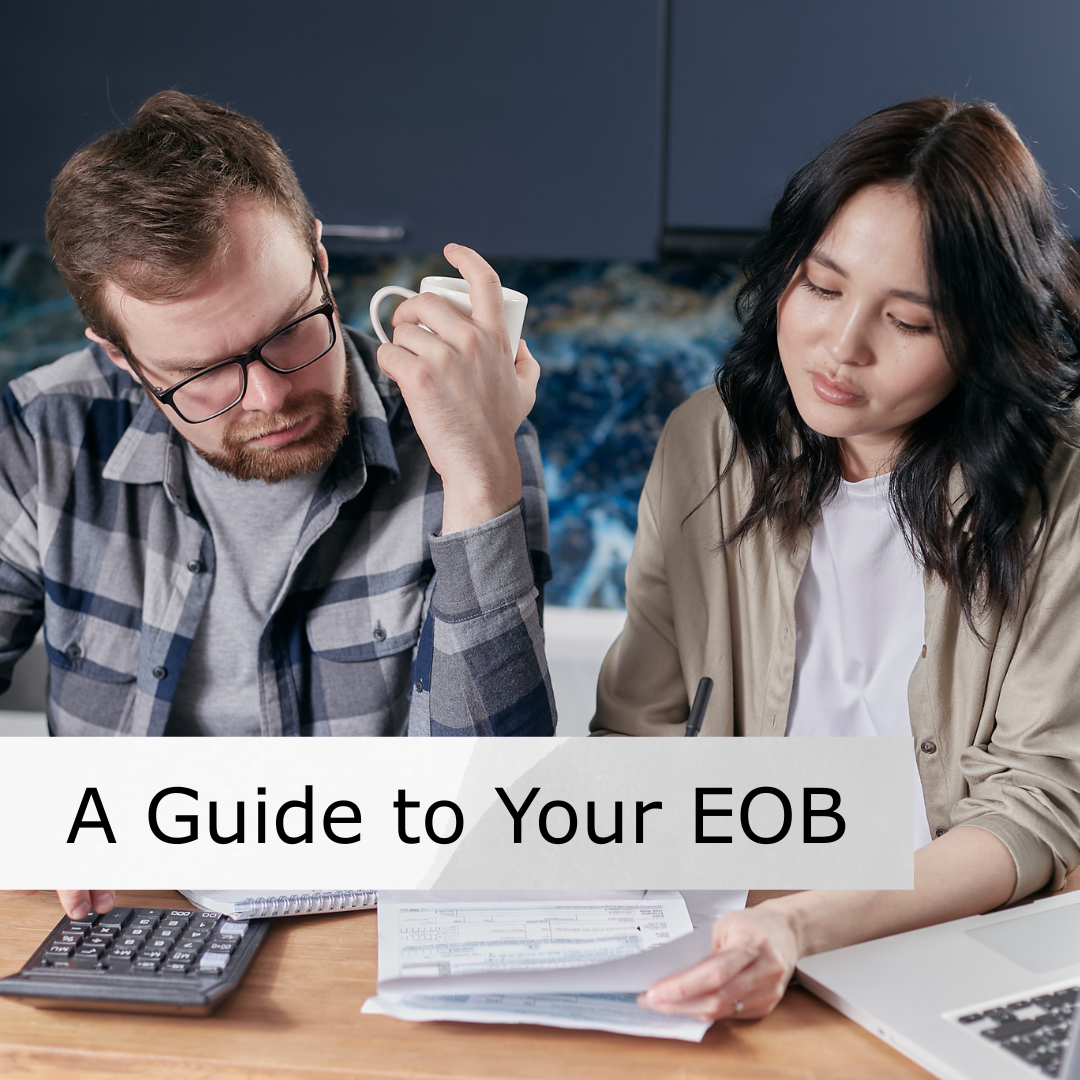 Ever found a confusing document in your mailbox after a doctor’s visit, wondering if it’s a bill, especially with an “amount you owe” at the bottom? You’re not alone! That document is most likely an Explanation of Benefits (EOB) from your health insurance company. It’s crucial to remember: an EOB is NOT a bill.
Ever found a confusing document in your mailbox after a doctor’s visit, wondering if it’s a bill, especially with an “amount you owe” at the bottom? You’re not alone! That document is most likely an Explanation of Benefits (EOB) from your health insurance company. It’s crucial to remember: an EOB is NOT a bill.
Think of your EOB as a detailed receipt or a comprehensive financial statement from your insurance provider. It breaks down the services you received, how much your healthcare provider charged, how much your health plan covered, and any portion you’re responsible for paying. It’s an essential tool for transparency and helps ensure accuracy in your medical billing.
How EOBs Work
The process generally follows these steps:
- Provider Bills Your Insurer: After your medical service, your healthcare provider submits a claim to your insurance company.
- Insurer Processes and Sends EOB: Your insurance company processes the claim, determines coverage based on your plan, and then sends the EOB to you.
- Bill Arrives Separately: You will receive a separate bill from your healthcare provider for the amount you owe after you’ve received and reviewed your EOB. It’s a good practice to wait for your EOB before paying any medical bill to compare the two documents.
What Information Will You Find on an EOB?
While the exact format can vary, most EOBs include similar key sections:
- Account Summary: This lists basic details like the patient’s name, the date(s) of service, and a unique claim number.
- Claim Details: This section provides a breakdown of the specific services you received, including procedure codes, the dates services were provided, and the healthcare provider’s name.
- Amounts Billed & Covered: This crucial part details:
- The total amount your provider charged for each service.
- The amount your health plan paid or approved.
- Any discounts or adjustments negotiated by your insurance company.
- The reason if any portion of the service was not covered (e.g., “not a covered service,” “deductible not met”).
- Your estimated patient responsibility, which is the “amount you owe.”
Remember, insurance rarely covers 100% of costs. Your out-of-pocket expenses will depend on your specific plan’s structure, including:
- Deductible: The amount you must pay for covered healthcare services before your insurance plan begins to pay.
- Copay: A fixed amount you pay for a covered healthcare service, like a doctor’s visit or prescription, usually paid at the time of service.
- Coinsurance: Your share of the costs of a healthcare service, calculated as a percentage (e.g., 20%) of the allowed amount for the service after you’ve met your deductible.
Why Your EOB is So Important
Regularly reviewing your EOB offers several critical benefits:
- Catching Errors: Medical billing errors can occur. Your EOB acts as a window into your medical billing history, allowing you to cross-reference the services listed against what you actually received. You can verify that procedures and diagnoses are coded correctly, potentially saving you money.
- Understanding Your Plan: EOBs provide transparency in the often-complicated world of healthcare finances. By understanding what your plan covers and why certain amounts are or aren’t paid, you gain a clearer picture of how your health insurance truly works.
- Financial Control: Knowing what an EOB is and understanding its contents empowers you to stay in control of your healthcare expenses, ensuring you maximize your benefits and only pay what you genuinely owe.
While an EOB might seem intimidating at first glance, taking the time to understand this document is a vital step in becoming a more informed and empowered healthcare consumer. It’s your financial roadmap to navigating your health plan effectively!
